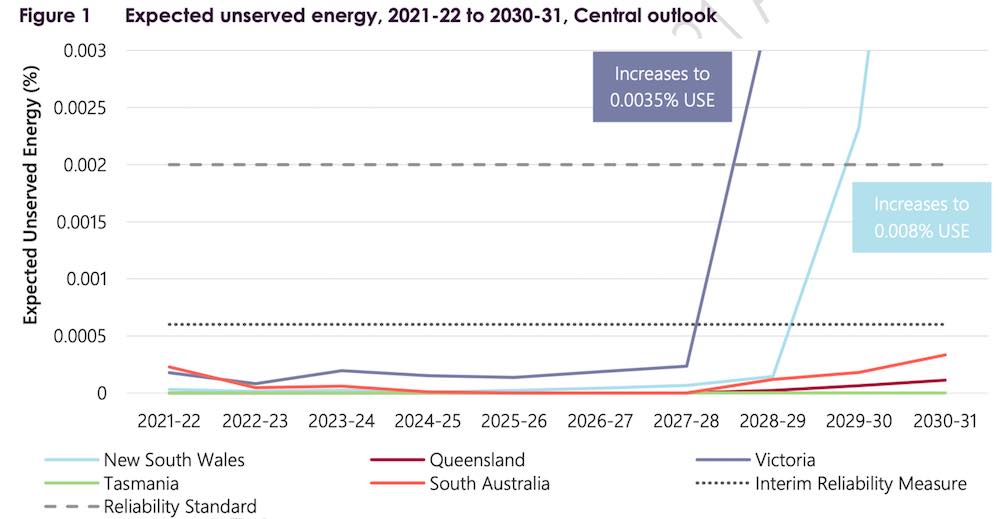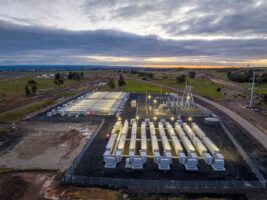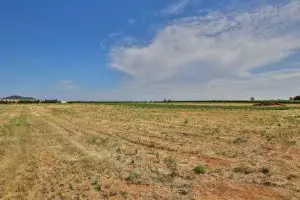The Australian Energy Market Operator has forecast a vastly improved outlook for reliability over the next five years, and suggested that the biggest single risk is a major weather event – namely flooding – to the Yallourn brown coal generator in Victoria.
In AEMO’s latest and eagerly awaited Electricity Statement of Opportunities (ESOO), there is no talk of the risk of supply shortfalls and the perceived threats of rolling blackouts that were seized upon by conservatives and naysayers in recent years.
Instead, AEMO points to the role of new wind and solar farms, and new dispatchable generation, particularly battery storage, for the improved outlook over the coming summer and for the next six years.
Its biggest headaches are no longer how to fill a potential supply shortfall, but what to do when there is too much rooftop solar that will push “minimum demand” levels down to record lows, and when the combined output of solar and wind test the system with up to 100 per cent “instantaneous” renewables by 2025.
The picture painted by AEMO and its new CEO Daniel Westerman is of a rapidly transitioning electricity grid from the baseload coal of the past to one dominated by inverter based technologies, such as wind, solar and battery storage.
This graph above shows that for the next six years, the amount of “unserved energy” is well below both the traditional reliability standard of 0.002 per cent, and the tougher new “interim” standard of 0.0006 per cent.
The forecast then jumps above the reliability standards from 2027/28 as the first of the next wave of coal retirements start to take place, but AEMO is confident that enough generation – and transmission – will be in place to deal with it, it’s just much of it is not yet “announced” because it is too far out.
“Multiple, well-advanced projects would mitigate the supply scarcity risk associated with these power station closures once final development and grid connection milestones are reached and/or enabling transmission (such as HumeLink) is developed.” it says.
AEMO says its forecasts for improved reliability come despite announcements in the past 12 months of earlier retirements for Yallourn, earlier exits for two units at Eraring, the biggest coal generator in the country, the mothballing of a unit at Torrens Island gas, and the potential delays to the Victoria Big Battery near Geelong, because of the recent fire.
“No reliability gaps are forecast for the next five years, primarily due to more than 4.4 gigawatts (GW) of new generation and storage capacity, as well as transmission investment and reduced peak demand forecasts,” Westerman said in a statement
“Significant renewable energy investments, and well progressed dispatchable generation projects, including gas plants, pumped hydro and battery storage, will all help replace retiring coal and gas plant.”
Westerman told RenewEconomy that he is focused on two key elements of the ESB reforms – the provision of essential grid services such as primary and fast frequency control (and the ability of inverter based technologies to provide them), and on the integration of distributed energy resources.
These elements are focused on addressing the two significant challenges – the influx of another nearly 9GW of rooftop solar that will push “minimum demand” down to record lows of between 4GW and 6GW, and the new “base case” assumption that wind and solar will deliver 100 per cent of total supply on occasions by 2025.
“Households are essential to the energy transition,” Westerman says. “As Australia keeps embracing renewables, this points to work we need to do to accommodate this embrace of renewables. That’s the challenge we have over next couple of years.
But the debate around the ESB reforms has been hijacked by federal energy minister Angus Taylor and some key regulators who advocate a type of “capacity market” that will act as some form of “Coalkeeper” subsidy that will keep ageing and increasingly unreliable coal generators operating for longer than they should.
This push has resulted in newspaper headlines such as “Keep coal to encourage renewables” and “Coal will be paid to firm up the grid.” But it is a nonsense.
The market is calling for change in the rules, but in a way that recognises and encourages the switch to new fast, flexible and intelligent technologies, mostly round inverters. Coal fired generation, AEMO says, is not the dependable source that is claimed.
“Coal-fired generation reliability remained at historically poor levels last year,” the report says. “While some plant improvements are expected in the near term, most generators are anticipating a trend of decreasing reliability in the longer term, increasing supply scarcity risk.”
Yallourn is now due to close in 2028, but AEMO says the biggest threat could come from intense rains that could cause more flooding to the mine site that sits astride the Morwell River.
If the mine floods, it could close down the Yallourn generator for up to 18 months, before sufficient replacement is built. Westerman says AEMO is in talks with the Victoria government over back-up plans for that possibility, but won’t say what is discussed.
Westerman is diplomatic about the nature of the debate around the ESB reforms. “The ESB recommendations are now public and all industry participants can register their views … rather than acting on incomplete information,” he said.
The intriguing part of AEMO’s work comes in what may happen as the energy system changes in even more dramatic terms – such as a rapid embrace of green hydrogen, and a rapid shift to electricity vehicles, and electrification of household appliances.
It notes about 10 different green electrolyser projects that could each amount to 100MW of capacity, and that’s not counting the multi-gigawatt scale projects being contemplated around the country.
“ESOO analysis suggests that, in the NEM alone, fuel-switching from other fuels to electricity could be as high as 81 TWh by 2030-31, equivalent to 46% of total current operational consumption in the NEM, if there are strong incentives for electrification of transport, residential and industrial sectors.
“Electrification of heating load also has the potential to switch maximum operational demand from summer to winter, particularly in Victoria where many consumers currently use gas for heating their homes.”
Westerman says he is optimistic for the future.
“What we need to do is facilitate an orderly transition to our energy supply. As the energy transition accelerates, the decarbonisation of other sectors also need careful planning of their interface with the energy system.
“This will require the right incentives, policies and technologies to make load more flexible in order to maximise the value our energy system can deliver.”
See also: Rooftop solar could meet up to three quarters of total grid demand by 2025
Note: You can register for a webinar to be held on Wednesday, September 1, at 4pm, titled NEM Reforms: Who rules the market, featuring NSW energy minister Matt Kean, AEMC boss Anna Collyer, and Clean Energy Advisory Group CEO Simon Corbell, to be hosted and moderated by Paul Curnow from Ashurst. Please go to this link.











